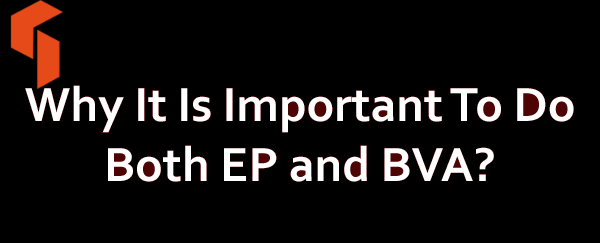Technically, because every boundary is in some partition, if you did only boundary value analysis you would also have tested every equivalence partition. However, this approach may cause problems if that value fails – was it only the boundary value that failed or did the whole partition fail?
Also by testing only boundaries we would probably not give the users much confidence as we are using extreme values rather than normal values. The boundaries may be more difficult (and therefore more costly) to set up as well. For example, in the printer copies example described earlier we identified the following boundary values:
Suppose we test only the valid boundary values 1 and 99 and nothing in between. If both tests pass, this seems to indicate that all the values in between should also work.
 However, suppose that one page prints correctly, but 99 pages do not. Now we don’t know whether any set of more than one page works, so the first thing we would do would be to test for say 10 pages, i.e. a value from the equivalence partition.
However, suppose that one page prints correctly, but 99 pages do not. Now we don’t know whether any set of more than one page works, so the first thing we would do would be to test for say 10 pages, i.e. a value from the equivalence partition.
We recommend that you test the partitions separately from boundaries – this means choosing partition values that are NOT boundary values.
However, if you use the three-value boundary value approach, then you would have valid boundary values of 1, 2, 98 and 99, so having a separate equivalence value in addition to the extra two boundary values would not give much additional benefit.
But notice that one equivalence value, e.g. 10, replaces both of the extra two boundary values (2 and 98).
This is why equivalence partitioning with two-value boundary value analysis is more efficient than three-value boundary value analysis.
Other popular articles:
- What is Boundary value analysis in software testing?
- What is Equivalence partitioning in Software testing?
- Where to apply this test coverage in software testing?
- What are the types of coverage?
- What is Test design tools in software testing?

Leave a Reply